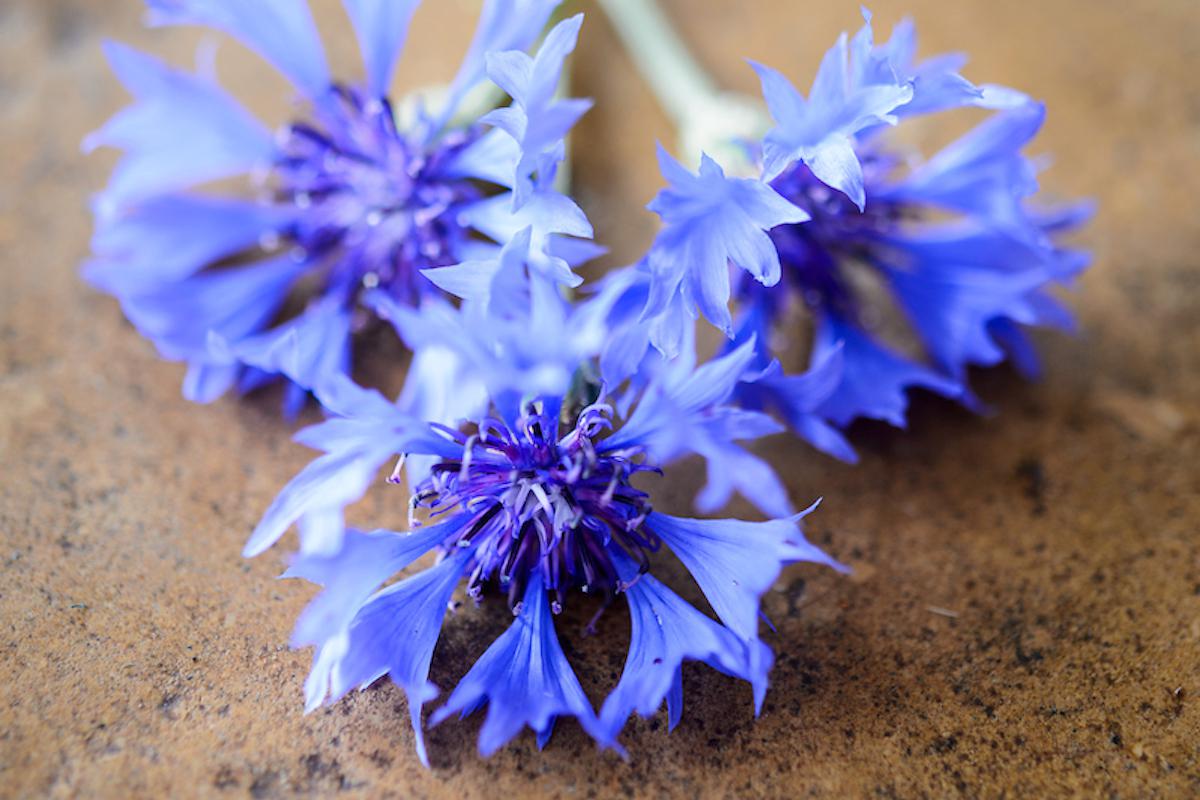3 June 2016
Tips from the herbalist
Tips From Our Herbalist: June 2016
As we fast approach the Summer Solstice, Jane Wallwork-Gush shares some of the folklore and tradition surrounding the time of year.
The Summer Solstice takes place on June 21st and is the longest day of the year. The sun shines brightly at the highest point in the sky and the day is a celebration of light at its brightest. The sun warms the earth and we spend more time outdoors in nature and become more aware of the importance of plant medicine and the cycle of growth to the mind, body and soul.
In Latvia the Summer Solstice is also known as 'Herb Evening' or 'Gathering Day' as it is the most important time of the year to harvest those herbs planted around the Spring Equinox.
In literature, Shakespeare looked to ancient folk traditions when he created a magical plant that inspired the core of his play "A Midsummer Night's Dream" where mortals and the fairy folk frolic together.
A circle is the symbol of the Summer Solstice and traditionally wreaths were made out of the flowers and worn whilst dancing around the bonfire. These wreaths were then thrown on to the fire at the end of the evening. Commonly used plants were Mugwort, Lavender, Vervain, Roses and Cornflowers.
Bathing in rivers was also another tradition at this time and a fragrant bath mix can be made by using the same herbs as used for the wreaths.
The body is also affected by seasonal change and the pineal gland is affected by the suns movement and many people experience a surge in energy as the sun moves through the pathways of Spring and Summer. This energy can drop during Autumn and Winter when the daylight hours decrease. A herbalist will prescribe St. John's Wort for low mood as it distils the energy of the sun and keeps the bright nature of the Summer Solstice in its medicine.
St. John's Wort is name after St. John as it flowers around the Christian feast day, borrowed from the old tradition. Old herbalists describe this plant as a herb of Leo and the sun with its bright solar yellow blossom and the date of flowering. It was originally dedicated to Balder as the sun god's flower and was reputed to be a herb of protection.
The sun god's flower is a superb wound healer as indicated by the red veins in the petals that will appear to bleed if you crush them. The roots also have red spots. A healing salve is made using the deep red sun infused oil and beeswax.
A sprig of St. John's Wort placed under the pillow of unmarried women was reputed to enable them to dream of their future lover. Mugwort is another herb of the Summer Solstice associated with prophetic dreaming when stuffed into a sleep pillow with Lavender and Roses.
This is a magical time of the year with much feasting and frolicking, the night air warm and heavy, full of portent and a joyous celebration of all life, the elements and the spirit.


